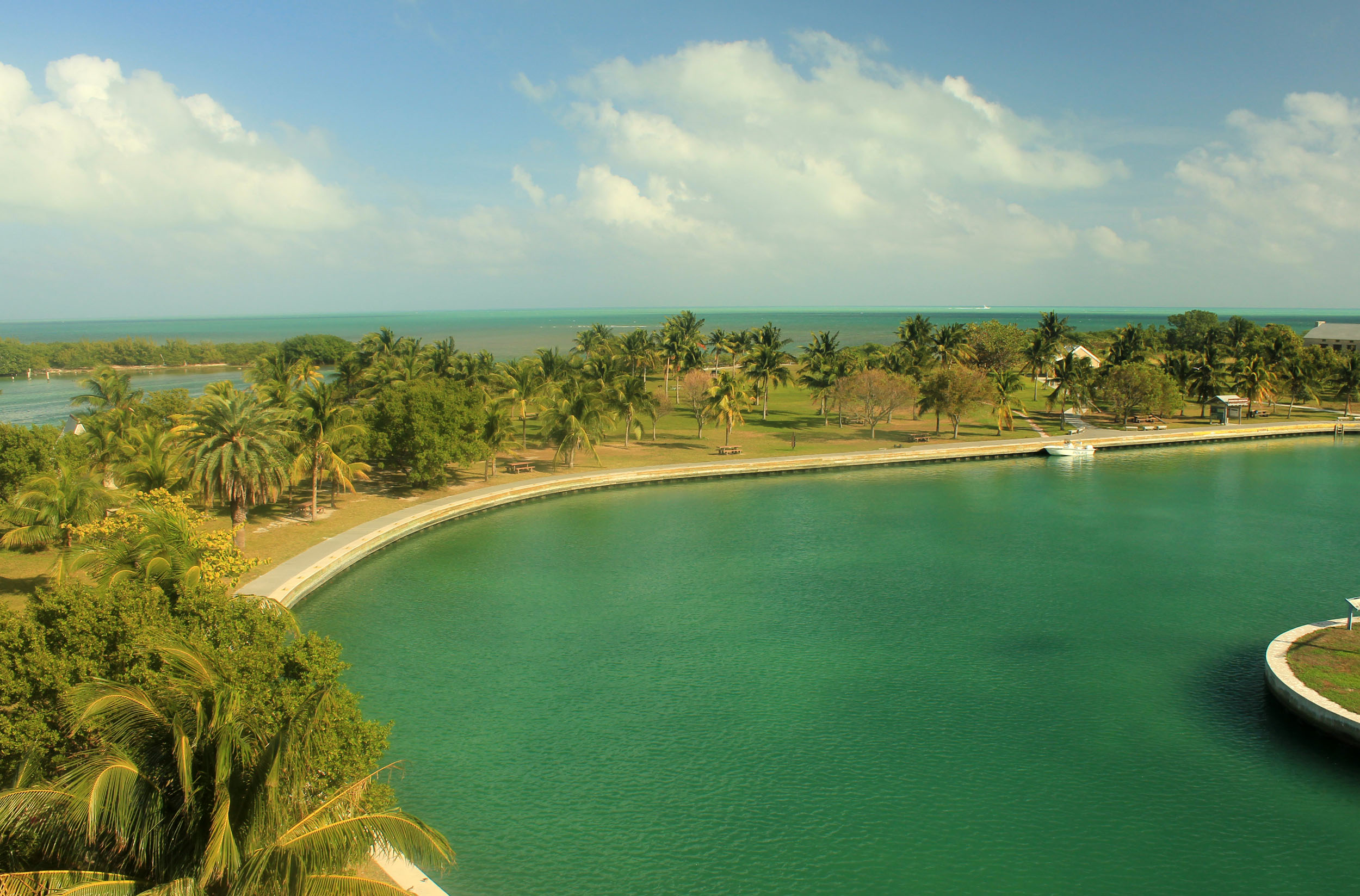The Black History Preserved in National Parks
We often think of museums or libraries as the best place to learn about Black history and culture in America, but there is another place to learn these important stories — the national parks. In honor of Black History Month, you might consider visiting one of these three road-trip-worthy national parks to learn more about the Black struggle for equality.
Pullman National Monument
The Pullman National Monument is a tribute to the workers and history of the Pullman Palace Car Company on Chicago’s South Side. Founded in the 1880s, the Pullman Company was the country’s largest employer of African Americans in the early 20th century.
The first African American labor union to secure bargaining rights was established here, and the Pullman strike and boycott in 1894 sparked a national conversation on workers’ rights that led to Congress establishing Labor Day as a national holiday.
The Pullman neighborhood is known for its role in American labor history and its influence on urban planning and design. Most of the original buildings from the planned industrial town — including shops, a hotel and a church — still stand today as part of the National Park System.
Biscayne National Park
For snowbirds who have escaped to Florida for the winter, Biscayne National Park makes an excellent choice. Located between Miami and Key Largo, the park offers a rich array of Black history. Enslaved Africans and black Seminoles used the area’s waterways as a path to freedom, negotiating safe passage with Bahamian captains across the Gulf Stream.
The park exists largely due to the efforts of the family of Israel Lafayette Jones, a Black pioneer who built a successful agriculture business. When developers eyed the islands for high-rise apartments and shopping centers in the 1960s, the Jones family refused to sell their land.
Today, Biscayne National Park is home to one of the world’s largest coral reefs and artifacts dating back at least 10,000 years. It’s all thanks to the Jones family selling their pristine island to the National Park Service, preserving the paradise for everyone to enjoy.
New Orleans Jazz National Historical Park
Another getaway option is pairing lessons in Black history with a Mardi Gras adventure. The New Orleans Jazz National Historical Park is dedicated entirely to jazz, and it’s a must for music lovers.
Jazz history and Black history are intertwined, and the park showcases Black musical giants from Louis Armstrong to Jelly Roll Morton. Visitors can enjoy live performances of jazz concerts, drum circles and more. Some park areas are temporarily closed for repairs, but performances are continuing at alternate venues.

